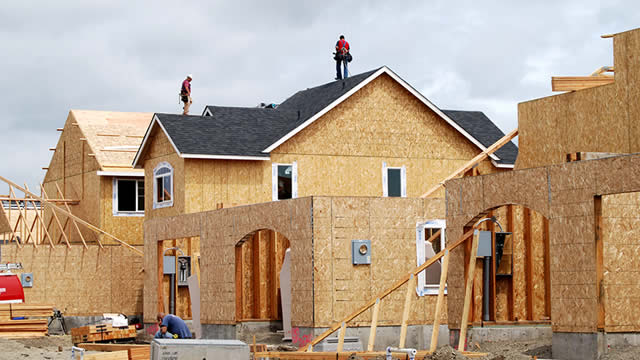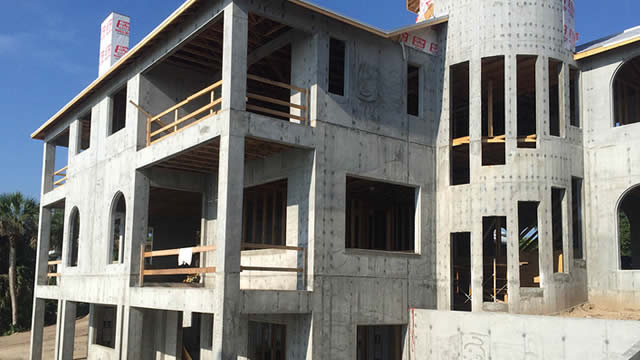Analysis based on financial metrics only. No recent earnings call transcript available for NVR.


 10Y annualized return is
excellent
at 16.8% per year
10Y annualized return is
excellent
at 16.8% per year
 NVR has met or exceeded earnings expectations in
the majority of
recent quarters (7/10)
NVR has met or exceeded earnings expectations in
the majority of
recent quarters (7/10)
 Attractive P/E Ratio
Attractive P/E Ratio
 Low EV/EBITDA Ratio
Low EV/EBITDA Ratio
 High Price-to-Book Ratio
High Price-to-Book Ratio
 Moderate Gross Profit Margin
Moderate Gross Profit Margin
Get access to all key takeaways, detailed financial metrics, and comprehensive stock analysis with our premium subscription.
Already have an account? Sign in
Analysis based on financial metrics only. No recent earnings call transcript available for NVR.
Analysis Date: May 31, 2025
Last Updated: June 1, 2025
Past performance does not guarantee future results. The data presented is indicative and may not be updated in real-time.
NVR, Inc. is a company that builds homes in the United States. They create different types of houses, like single-family homes, townhomes, and condos, under names like Ryan Homes and NVHomes. NVR also helps people get mortgages, which are loans to buy homes, and offers services like title insurance to make sure everything is legal when buying a house. They mainly work in states like Virginia, Maryland, and Florida.
Streams of revenue
Geographic Distribution
Core Products
No core products data available
Business Type
Competitive Advantages
Discover all competitive advantages and strategic moats that protect NVR's market position.
View Premium AnalysisKey Business Risks
Get comprehensive insight into all key business risks that could impact NVR's performance.
Access Full Risk AnalysisLatest News

NVR (NVR) came out with quarterly earnings of $94.83 per share, missing the Zacks Consensus Estimate of $107.87 per share. This compares to earnings o...

RESTON, Va. , April 22, 2025 /PRNewswire/ -- NVR, Inc. (NYSE: NVR), one of the nation's largest homebuilding and mortgage banking companies, announced...

NVR's first-quarter 2025 performance is likely to have benefited from higher settlements, improved pricing and strategic lot acquisitions.
Trailing Twelve Months (TTM) values provide a view of the company's performance over the last year.
Benjamin Graham's value investing approach focuses on finding stocks with a significant margin of safety between their intrinsic value and market price.
Access Benjamin Graham's value investing criteria, intrinsic value calculations, and margin of safety analysis
Trailing Twelve Months (TTM) values provide a view of the company's performance over the last year.
Profitability metrics measure a company's ability to generate earnings relative to its revenue, operating costs, and other relevant metrics. Higher values generally indicate better performance.
Access detailed profitability metrics with visual gauges and benchmarks
Access detailed analysis of profitability strengths and positive performance indicators
Upgrade to PremiumAccess detailed analysis of profitability weaknesses and areas of concern
Upgrade to PremiumFinancial health metrics assess a company's ability to meet its financial obligations and its overall financial stability.
Access detailed financial health metrics with visual gauges and risk assessments
Access detailed analysis of financial health strengths and stability indicators
Upgrade to PremiumAccess detailed analysis of financial health weaknesses and risk factors
Upgrade to PremiumMeeting Expectations
Higher values indicate better execution and credibility
Recent Results
View complete earnings history and detailed performance analysis
Upgrade to PremiumEPS
Revenue
Insider trading data shows purchase and sale activities by company executives and board members.
Insider trading patterns can provide insights into how company executives and board members view the stock's future prospects.
Get complete insider sentiment analysis with detailed trading patterns, sentiment indicators, and trend insights